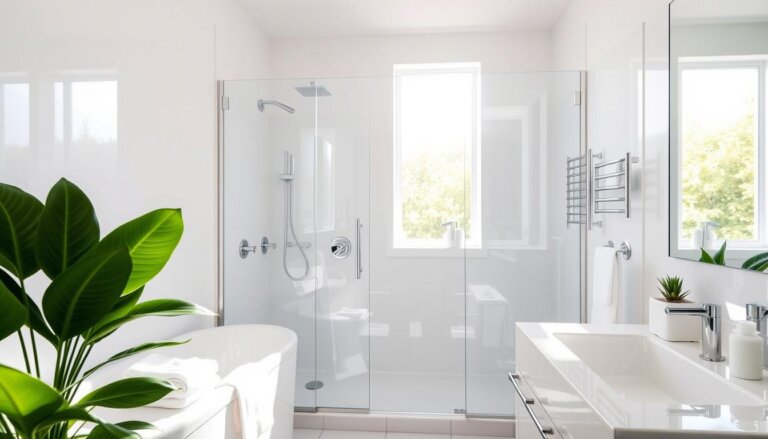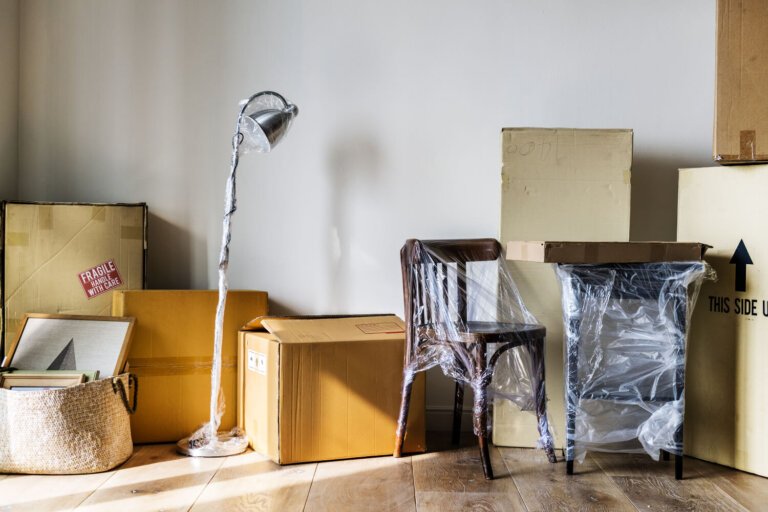How to Pick the Perfect Interior Paint Colors
You’ve renovated your house like a skilled surgeon, fixing the underlying problems but protecting the individual character of each space. Colors are a unique tool in the toolbox of a renovator; they give a beautiful and aesthetic look to the room.
Did you know that depending on the size of the crown molding and the wall, the ceiling might look either taller or lower? Or that one may utilize color to make one space a lively gathering place while turning another into a peaceful reading nook?
Colors are used to define spaces and provide points of interest in modern homes with open floor plans, where the kitchen, living room, and dining room are often one enormous room. Choosing which Interior Paint Colors to use and where to apply them might be difficult. The best color contrast for your interior walls may be determined using color samples and applications.
Design a Furniture Color Scheme
You’re welcome to bring a piece of home comfort equipment with you to the paint store, such as a favorite pillow, scarf, painting, or tie. Pick three colors at random from somewhere around the home. Each sample strip has six colors; by combining three, you may receive an additional 15 to 18 shades.
Then, decide which of the three colors you want to use on your walls and put the others on other items.
It’s best to use the same three sample strips to determine the colors of the room’s decor. Finally, select a fourth accent color from the palette and incorporate it into the home via a pillow, dish, or artwork. It provides a connection between all of the locations.
Pick a Glamorous Ending
Color Contrast Within the Same Space
If you want to make a statement, try combining two contrasting colors in one setting. If you have blue walls in your home and want to bring attention to the things you have placed on your bookshelf or in your niche, you might try painting them a greenish hue.
Having the house’s architectural details all have the same color may help create a feeling of unity. The Federal period established white and off-white as the standard Interior Paint Colors for molding, windows, and doors.
Addition Of Wainscoting To A Room
Rooms with wainscots offer an excellent opportunity to play with light and shade. A white wainscot next to a colorful wall will attract emphasis to the wainscot, whereas a dark wainscot below a bright wall will draw attention to the higher divisions.
If you don’t have a wainscot, you may make it seem by painting the top third of the wall one color and the bottom third a different color. Place a piece of flat molding at the connection and paint it the same color as the bottom wall to enhance the appearance of the wainscot.
Think Outside the Color Box
Benjamin Moore’s head of color and design, Doty Horn, recommends reconsidering the conventional wisdom of painting a wall from corner to corner if you’re going for maximum dramatic effect. You should paint a third of one and two-thirds of the adjacent wall, moving clockwise around the room. Doing so may introduce an emphasis on architecture where it otherwise might not exist.







